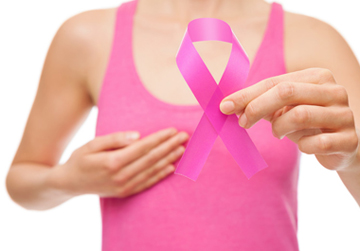
- Quit smoking and alcohol: Alcohol contains carcinogen, a substance that can cause cancer. According to the Canadian Cancer Society, having just one drink a day can increase a woman’s risk of breast cancer by up to 13 per cent. Quitting smoking not only lowers your risk of breast cancer but also improves your overall health. Quitting reduces the risk of lung and heart diseases and other cancers too.
- Maintain a healthy body weight: If obesity occurs later in life, like after menopause, it is likely to increase the risk of cancer. Less body fat means less exposure to estrogens and other hormones. Maintain your weight at a healthy level throughout your life.
- Motherhood and breastfeeding: Plan to have your first child before your thirties and breastfeed your baby as long as you can. Studies have found that women who breastfed their babies for six months or longer have a lower risk of breast cancer.
- Have a healthy balanced diet: A balanced diet is critical for a healthy body. Include plenty of vegetables, fruit, grains and other healthy items to boost your immune system and reduce the risk of any disease.
- Exercise regularly: For healthy adults, the Department of Health and Human Services recommends at least 150 minutes a week of moderate aerobic activity or 75 minutes of vigorous aerobic activity weekly, plus strength training at least twice a week.
Unavoidable factors such as inherited genes or having dense breast tissue can increase the chances of having breast cancer. Early detection is important for early treatment which can improve chances of recovery.
- Self-awareness: Look out any tell-tale signs in your breasts such as:
- A lump, thickening or swelling under your arms
- A persistent rash, redness or darkening of the breast area like areola or nipple
- Nipple discharge (especially blood)
- Breast pain, tenderness or aching
- Change in the size or shape of the breasts
If you find any irregularities, see your doctor.
- Clinical breast exam (CBE): The American College of Obstetricians and Gynaecologists recommends that women should have a CBE by a healthcare provider, between ages 29 to 39 every 1 to 3 years and after age 40 every year.
- Mammogram: This is an effective method to screen for early signs of breast cancer.
- Breast MRI: This method uses radio waves and magnets to take pictures of breast tissues.
Making lifestyle changes and educating yourself about your available screening options is the key to staying healthy and minimizing your risks of breast cancer.